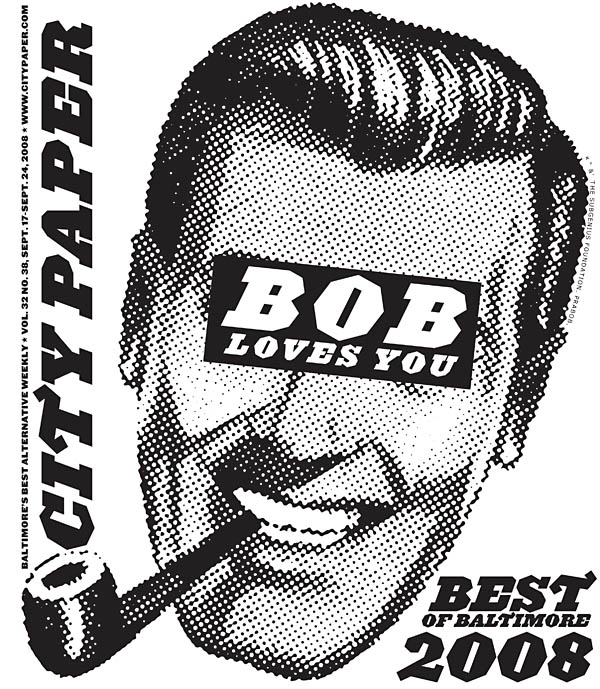Make / Shift is on view at Open Space through March 10
All photos courtesy of Lesser Gonzalez Alvarez
MAKE / SHIFT
"Every feeling or desire we possess has been bought, sold or hijacked, debased or alternatively hyped into unreality, repressed or recuperated. Almost everything we care about has been turned into a commodity. But under a mountain of new gadgets and consumer items, in the midst of the 'new leisure society' and its cultural spectacles, we find ourselves cut off from real communication, frustrated and unhappy. Our isolation causes us to imagine that other people are happy and we wonder why our happiness eludes us." - Spectacular Times No. 12 (The Bad Days Will End), 1983 (via Gerry Mak's Facebook Status Update 1.21.2012)
Lesser Gonzalez Alvarez' Make / Shift subtly examines the contemporary labor dichotomy through a series of structures and images that straddle the boundary of physical and digital; design and execution. Each suggests the abundant production of real-estate and commodity along with entrepreneurial expansion, while giving equal visual attention to the issues of shoddy construction, compensation inequity, and halted production. Flooded with disparate messages of economic turmoil and the constant marketing of luxury goods via every available media outlet, Alvarez borrows from both news and advertisements to create a series of work that sneaks into the gap between the value of labor and the price of goods.




Growing up a Cuban-American artist, Alvarez witnessed first-hand the divide in pay-scale between arduous, physical toil and specialized professions. Watching his father work a demanding landscaping job for a wage comparable to a few hours of his own design work, an inevitable guilt and unease began to pervade his practice. By incorporating construction material and building technique into his artwork Alvarez illustrates, and finds some personal reconciliation with that divide, while highlighting its larger societal implications.


A colorful work table, edged in custom paint treatments sits in the middle of space. Clean and functionless, the aesthetics and specific object arrangement take precedence over the practical, a 3D model of a work-table design. Hung on the walls around it are similarly color-treated images of interiors, building projects and immaterial monuments. Using free source imagery, photography of abandoned or unfinished housing developments, office parks, and temporary sets from Hollywood movie productions, Alvarez pacifies tensions with the application of a smooth, even gradient, creating deceptively elegant, glossy vignettes. Contemporary ruins are treated with a false-front of posterized perfection, the current state of decay is preserved and flattened into abstract digital illustrations. 1980's era color schemes and virtual spaces further reference a false commercial flourish. Transforming dormant, physical spaces into large-scale prints has turned each individually designed building into a labor-less duplicable and effectively marketable product once again. The print costs are low, the idealized commercial language is familiar, and our responses are conditioned.









In a large vitrine sits a pile of misshapen cast concrete skulls, each with a plastic happy face icon from an Asian grocery bag embedded in its surface. Behind it in an altar-like arrangement, two collages with the same plastic faces, deformed by heat transfer, float upward in the composition. The piece serves as a small monument to the countless international workers on whose backs American wealth was built. With a political emphasis on new jobs and stimulating the economy through spending, there is a tendency to ignore the crumble, oppression and unattractive excess of our rapid low-quality / high-priced material production.
Alex Ebstein
January 2012




























